Electricity and Power page 2 of 6
Electrical Systems
Everything resists electricity to some extent.
This resistance is measured in Ohms (an ohm is a unit of measurement for resistance, reactance or impedance).
Ohms are typically represented by the Greek letter “Omega”;  |
Everything resists electricity to some extent, even copper wire. This resistance is what makes the load work. |
|
| It forces the electricity to make something happen (light a bulb, run a motor, etc.) in order to get through to the positive charge. Everything we use electricity for converts the electrical energy into mechanical energy, light or heat. |
Materials that offer low resistance to electrical flow are called “conductors”. Metals (copper, gold, silver, aluminum), wool and water and good conductors.
Materials that have a high resistance to electrical flow are called “Insulators”. Examples include glass, plastic, rubber, air and wood.
Again, everything resists electricity to some extent. If you use a single “AAA” battery connected to a 5 mile copper wire attached to a flashlight bulb; the bulb will be dim if visible at all. On the other end; even insulators will bow to the power of electricity if there’s enough power behind the charge – example: lightning going through the air!
The “Power formula” is used to determine how much power will be consumed by an electrical circuit. In the United States, the power formula is well known as the “West Virginia” formula.
The Power Formula
W=VA (or W = V * A)
W = power in Watts
V = voltage in Volts
A = current in Amperes
W=VA (or W = V * A)
W = power in Watts
V = voltage in Volts
A = current in Amperes
Note: The Universal Ohm’s Law used the abbreviations
E=Voltage,
I=Amperage,
P=Wattage,
R=Resistance
Internationally known as "Pie"
E=Voltage,
I=Amperage,
P=Wattage,
R=Resistance
Internationally known as "Pie"
| Watts = Volts times Amps | |
| W=VA (or W = V * A) | P=IE (or P = I * E) |
| United States | International |
| Amps = Watts divided by Volts | |
| A = W / V | I = P / E |
| United States | International |
| Volts = Watts divided by Amps | |
| V = W / A | E = P / I |
| United States | International |
With these three expressions of the power formula, you can find out the unknown quantity as long as the other two are known.
Voltage in the United States is sent from power plans at 120. By the time it reaches homes, businesses and theatres it may be as low as 110 - but we have to plan for 120 for safety.
How much power does a 750 watt lamp use?
| Amps?= | 750 Watts 120 Volts |
Since amps is the unknown; we must divide the wattage (750, stated on the lamp according to this example)
by the voltage (120 in the united states)
So the amps = 6.25
by the voltage (120 in the united states)
So the amps = 6.25
American Theatre Standards were developed to help electricians determine the ratings for cables, fuses, power, and other equipment.
Because of these standards, when you pick a piece of equipment, you know how much of a load (power) it can safely handle.
American Theatre Standards include: Gauge of Wire and Capacity in Amps.
| Gauge of wire | 10 | 12 | 14 | 16 | 18 |
|---|---|---|---|---|---|
| Capacity in Amps | 25 | 20 | 15 | 6 | 3 |
| Capactiy in watts | 3k 3,000 |
2.4k 2,400 |
1,800 | 720 | 360 |
(K = Kilowatt / 1,000 watts) |
|||||
| Dimmer: | 1.2k | 2.4k | 3k | 4k | 6k |
|---|---|---|---|---|---|
| Amp usage (& fuse) | 10 | 20 | 25 | 35 | 50 |
Dimmer Safety: |
|||||
Fuses and Circuit Breakers are designed to prevent overloads or short-circuits from happening.
A fuse works by a meltdown of a sensitive wire inside the fuse holding.
If too much power tries to go through the fuse, this wire “burns out” before your equipment does. Once a fuse is used, it must be replaced – it cannot be repaired.
A circuit breaker works by using some of the extra power to trigger a switch which breaks the circuit.
If an overload or short-circuit does occur, a great deal of heat is emitted at the breakdown point, and the results can be both dangerous and/or expensive.
By knowing the American Theatre / Electric Standards, you can be sure to practice safe habits when working with dimmers and cable. You can also determine what size fuse you need to replace the one which burnt out on opening night.

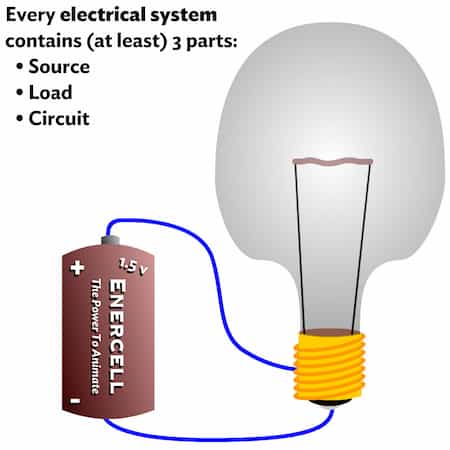
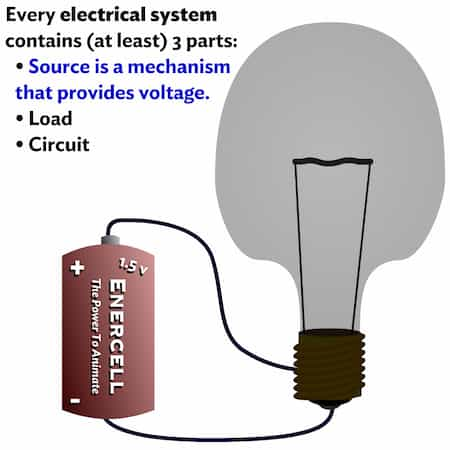
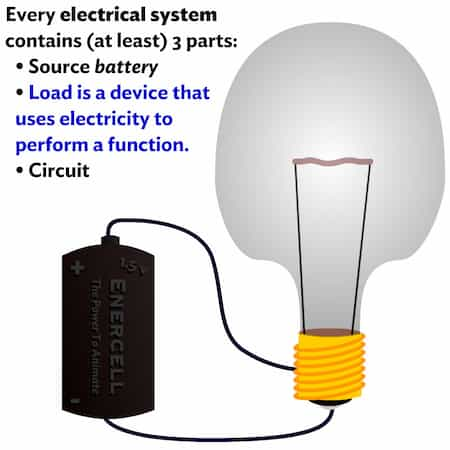
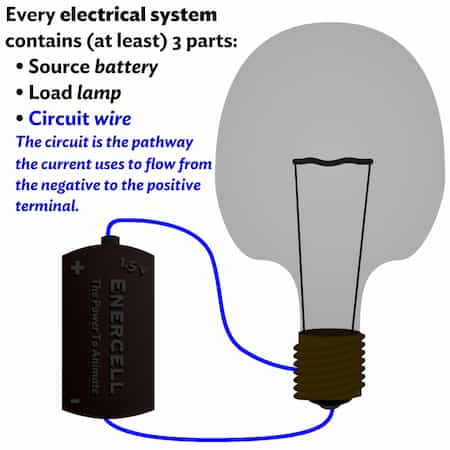
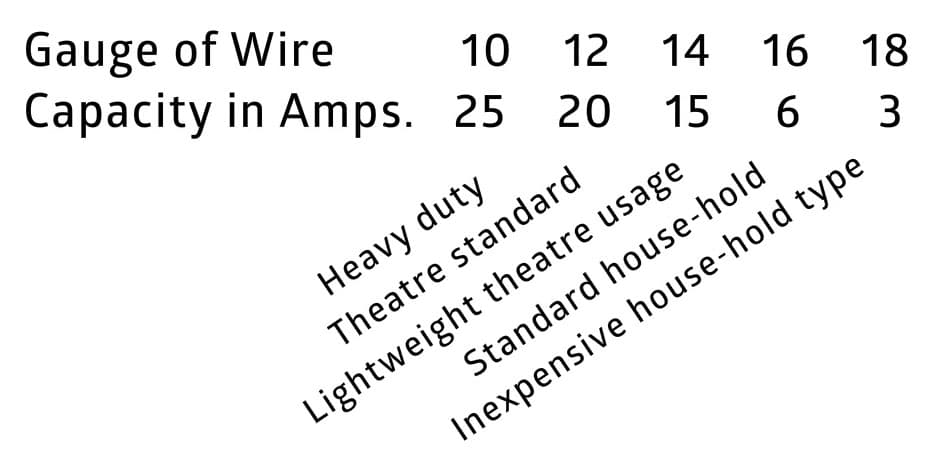


 © Multimakers Multimedia
© Multimakers Multimedia